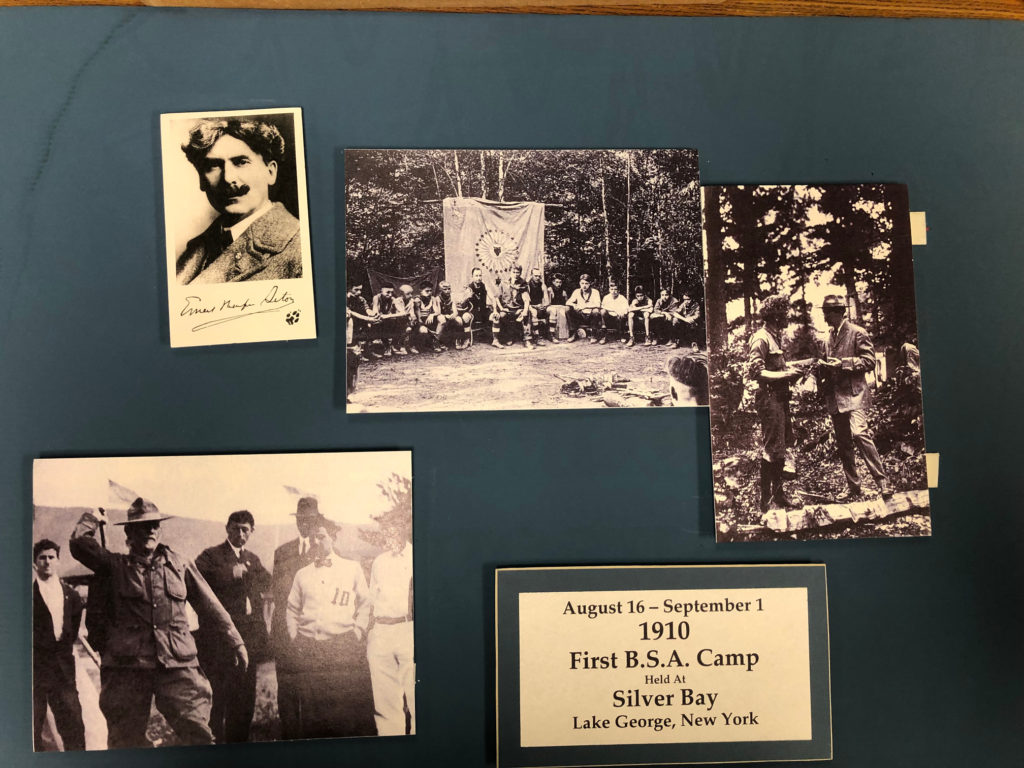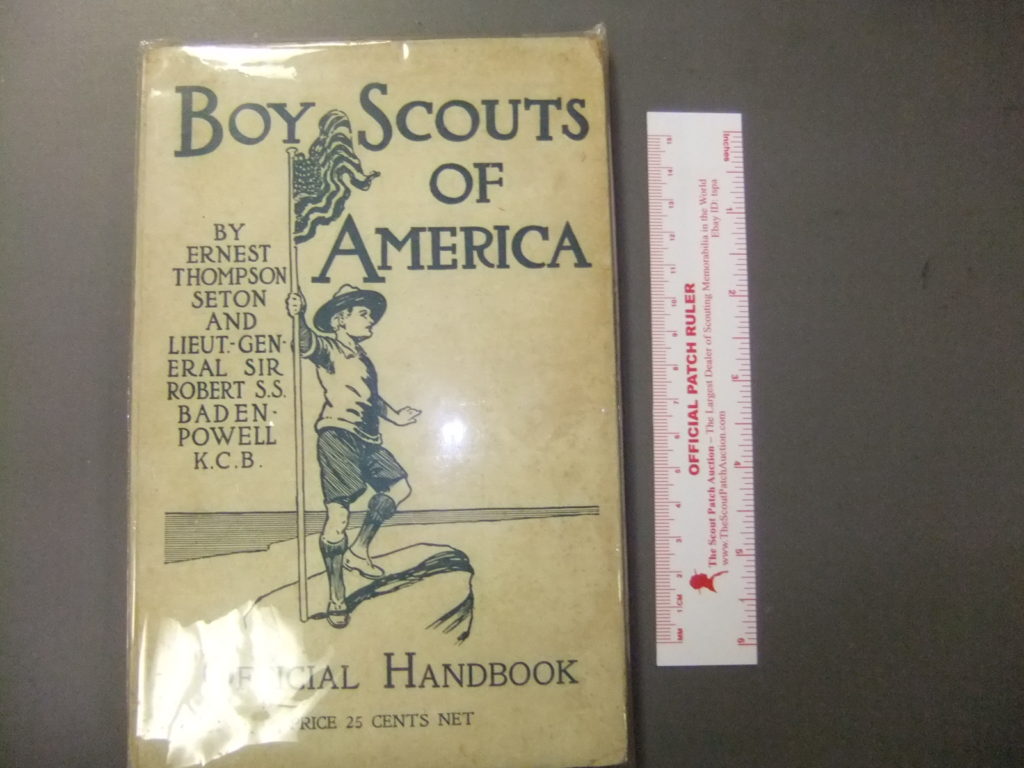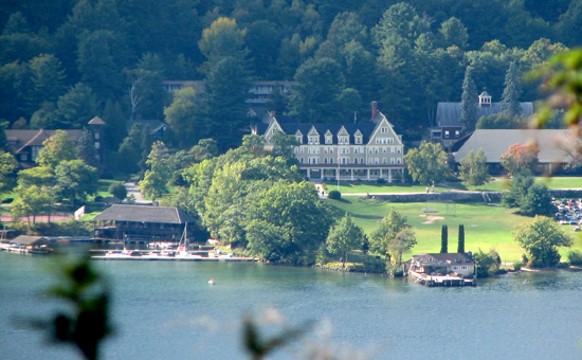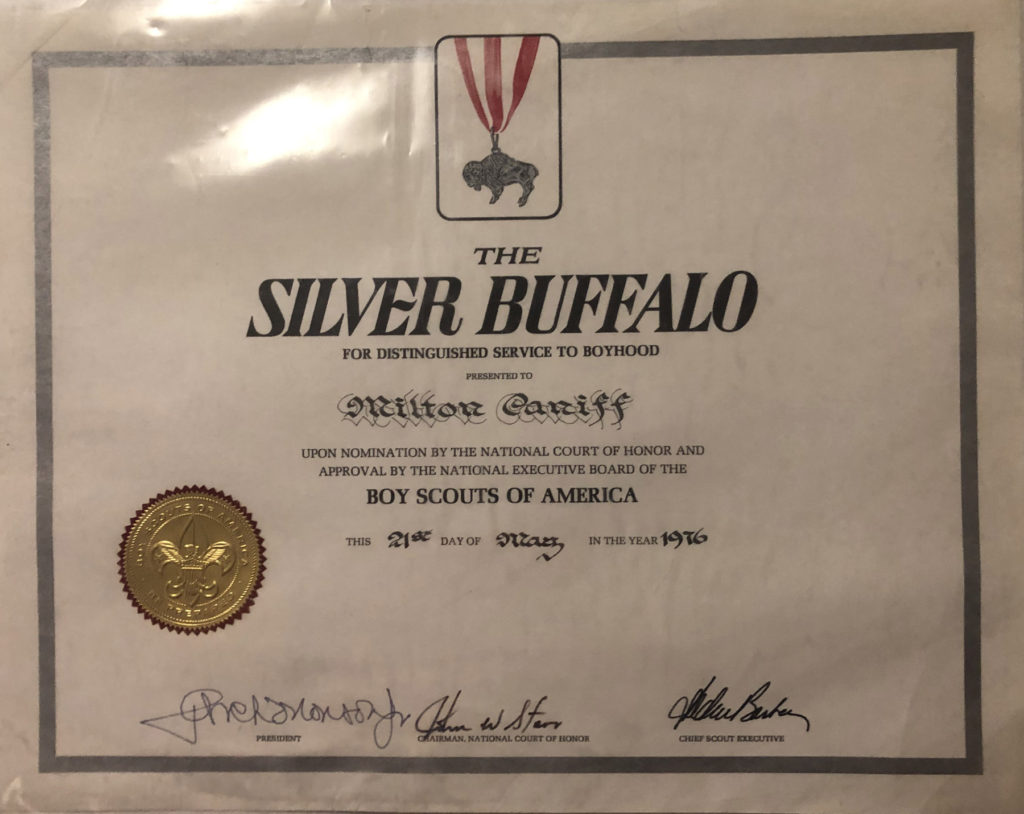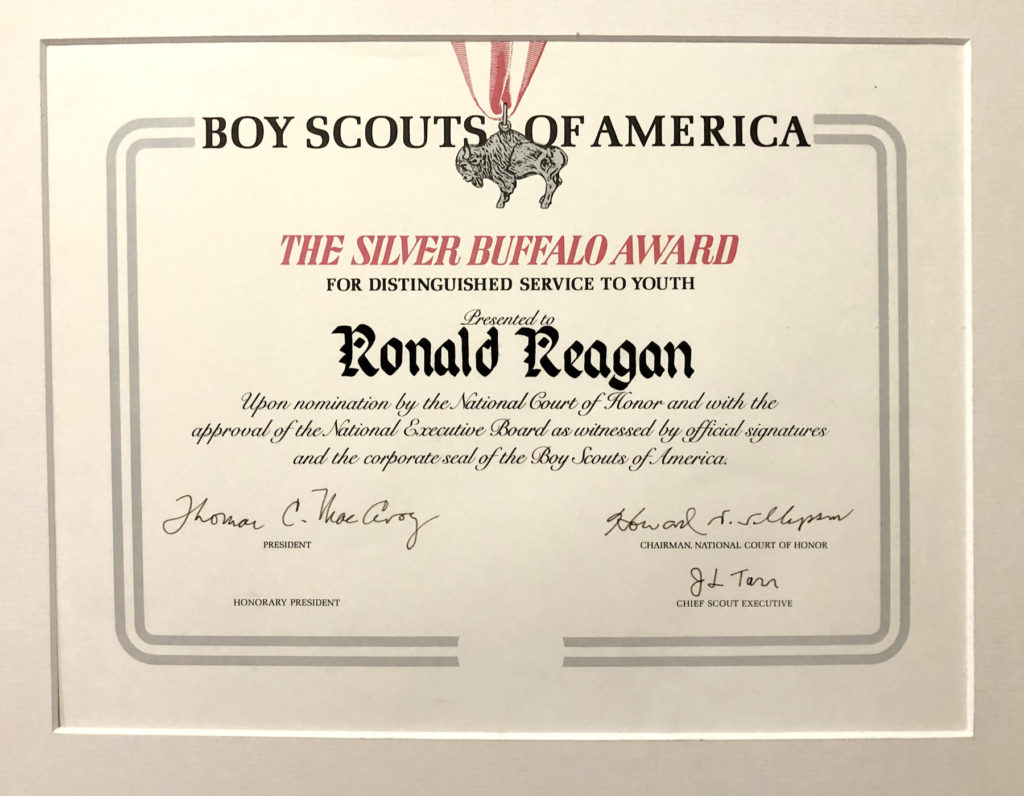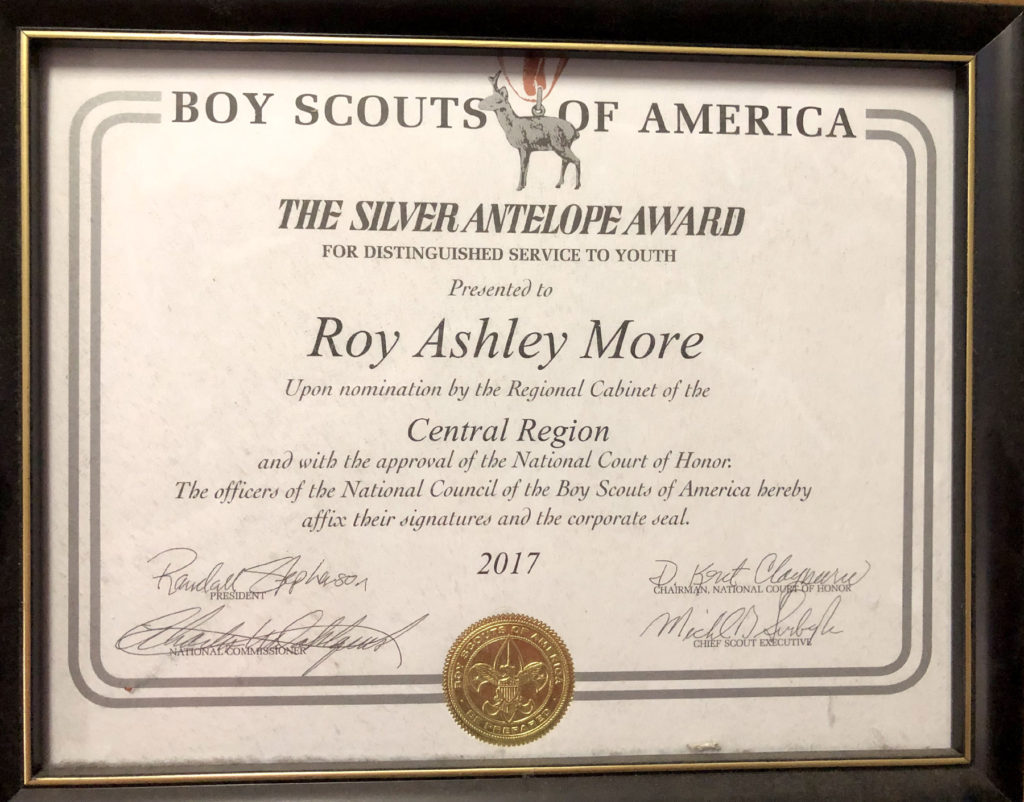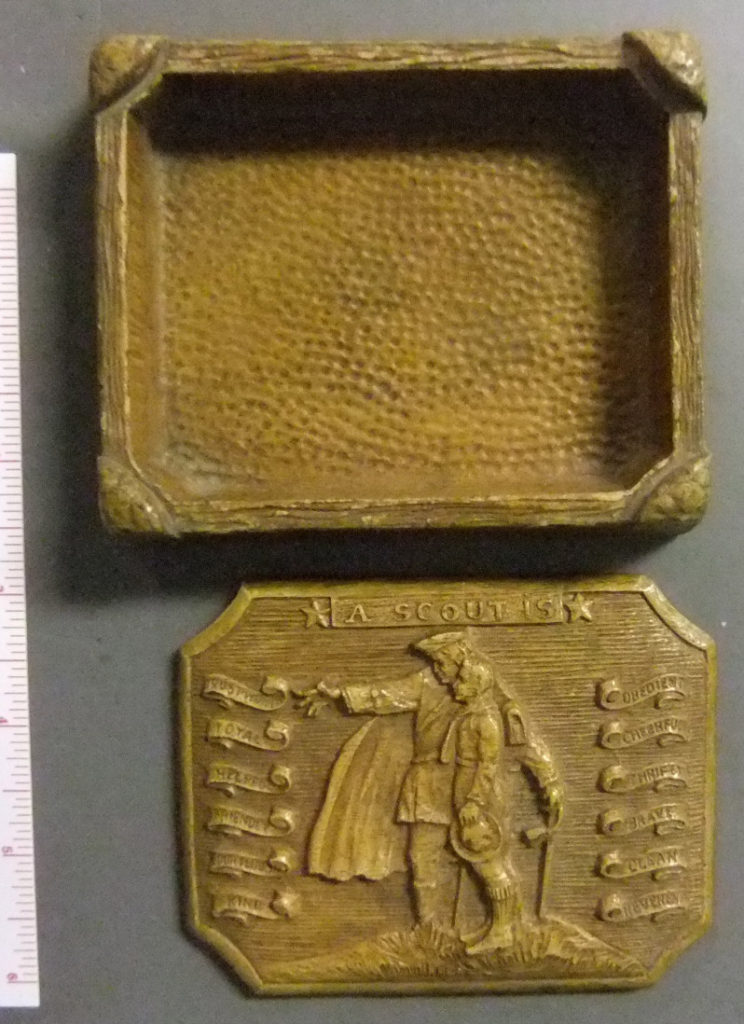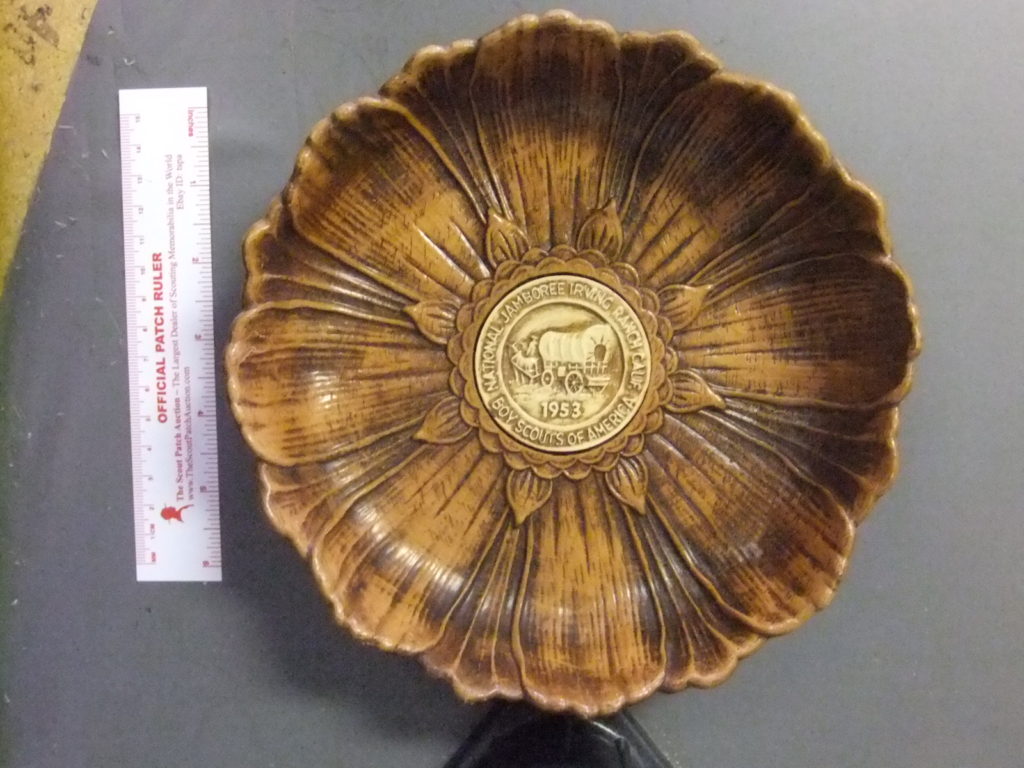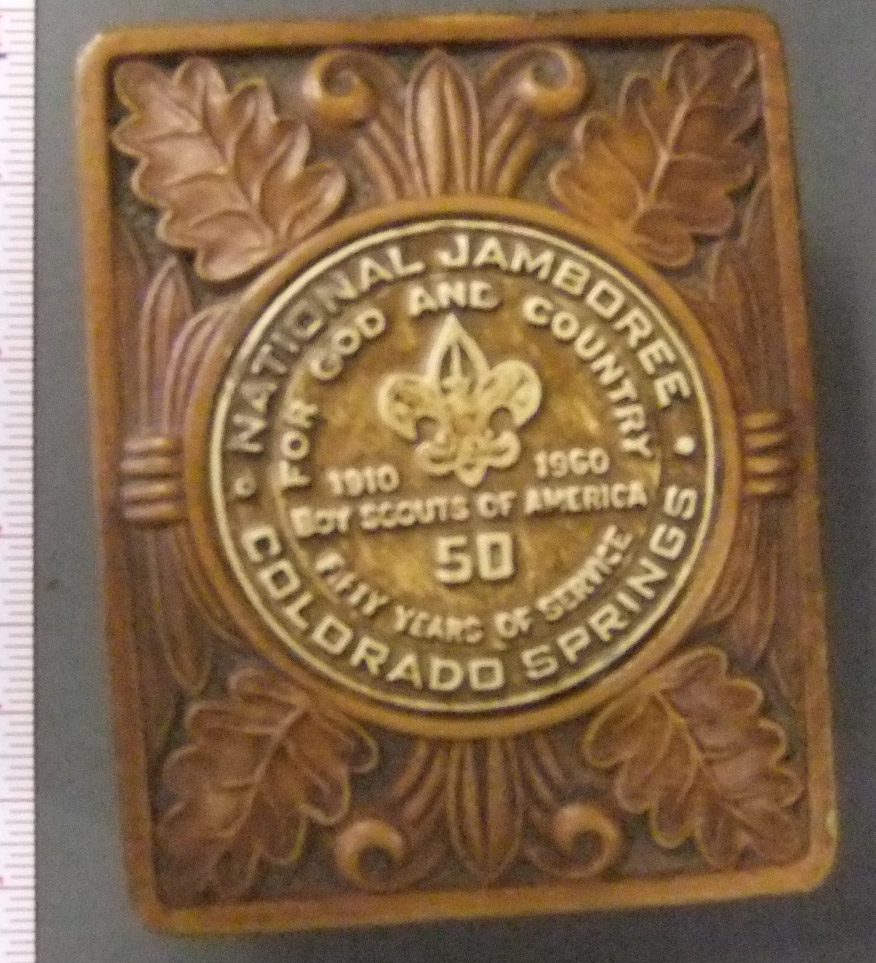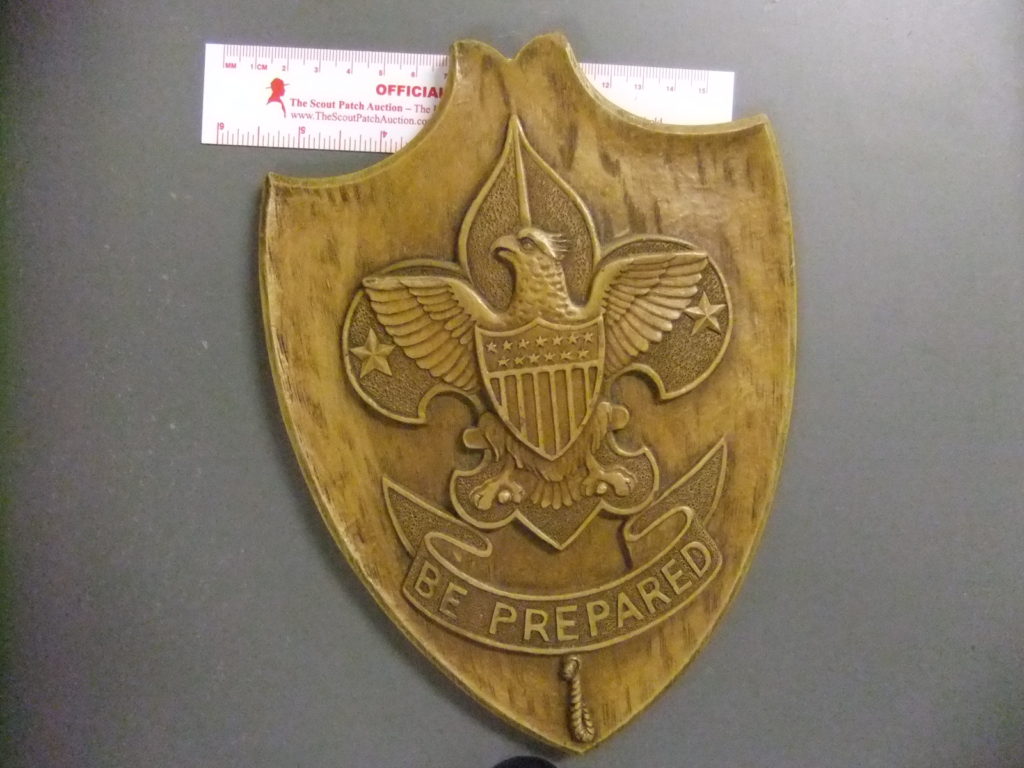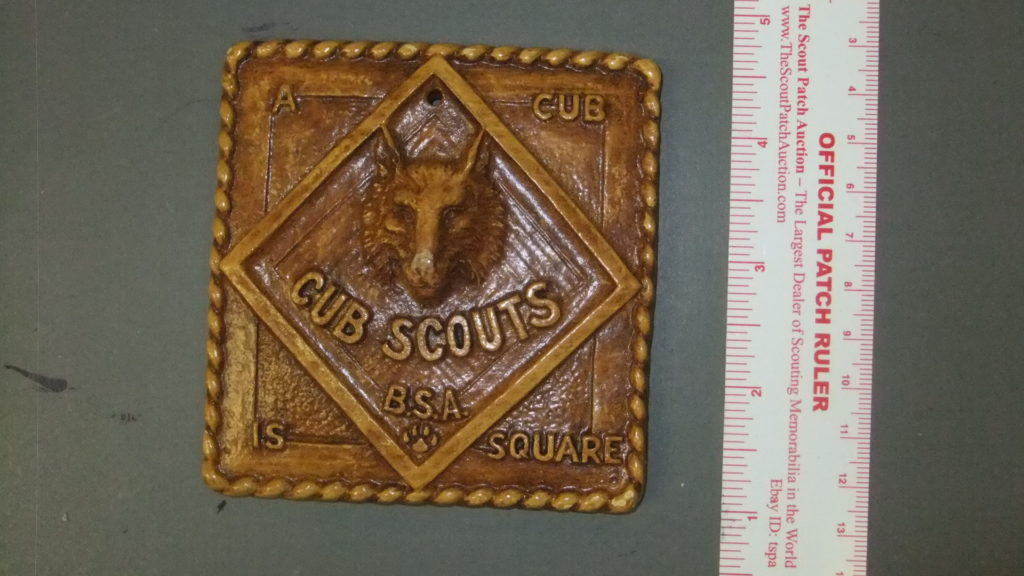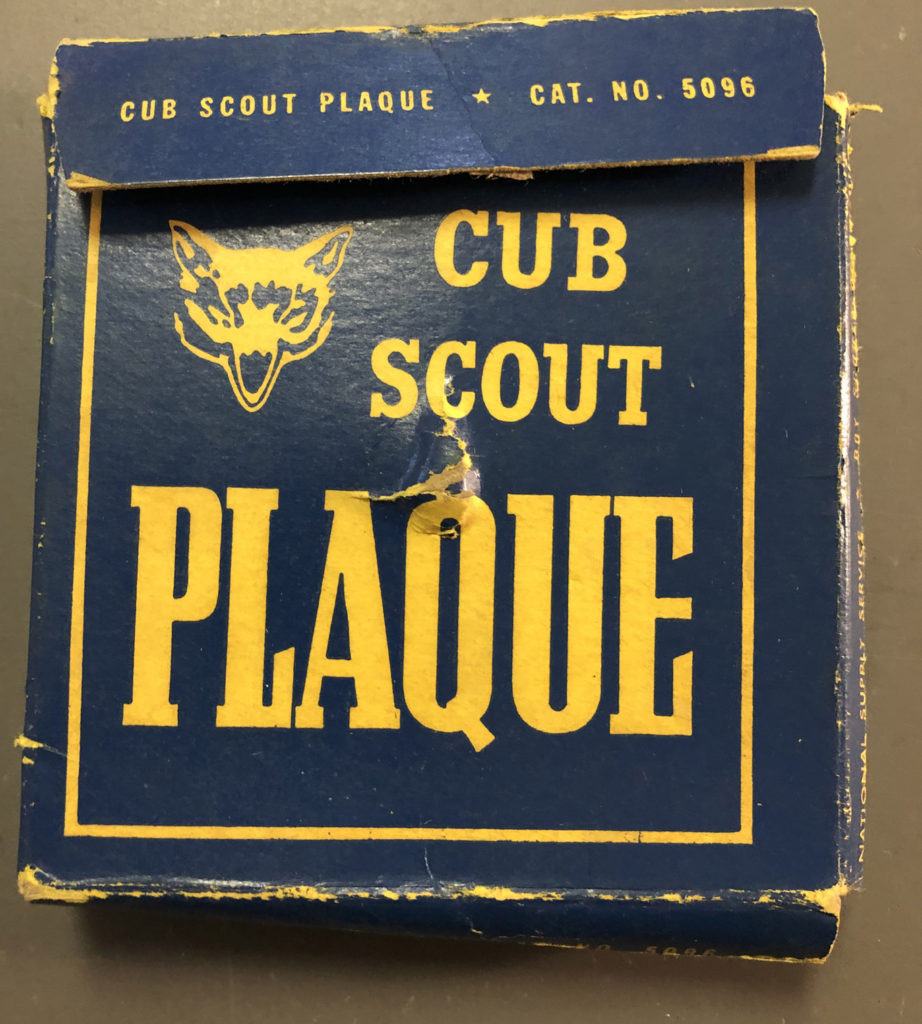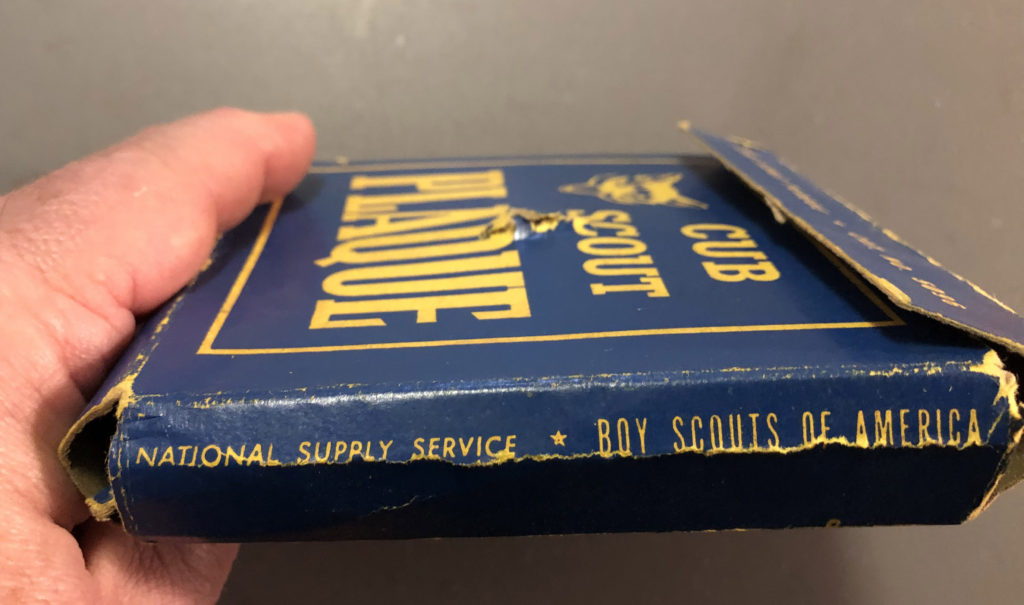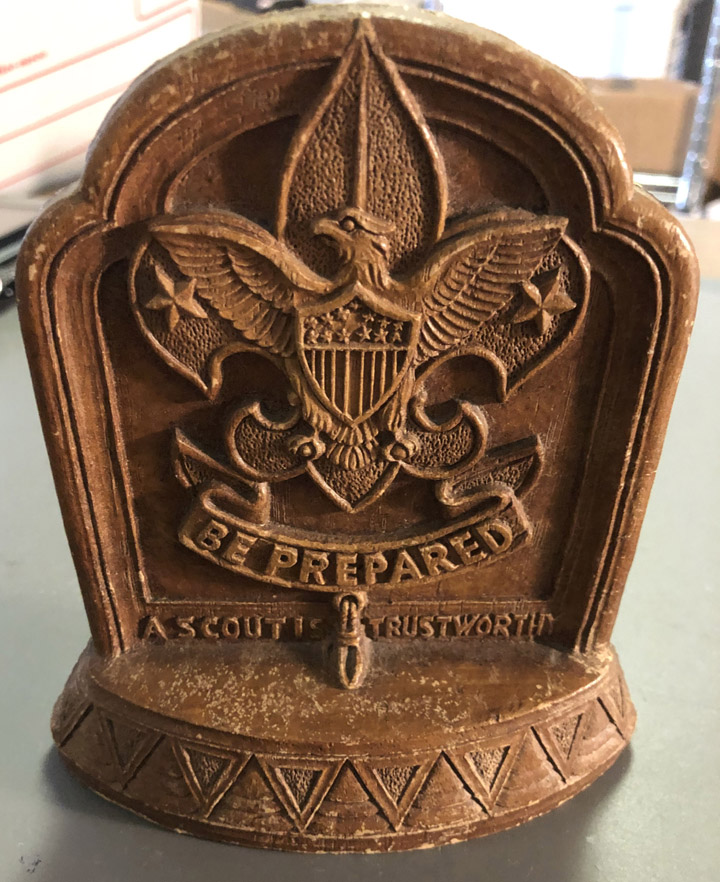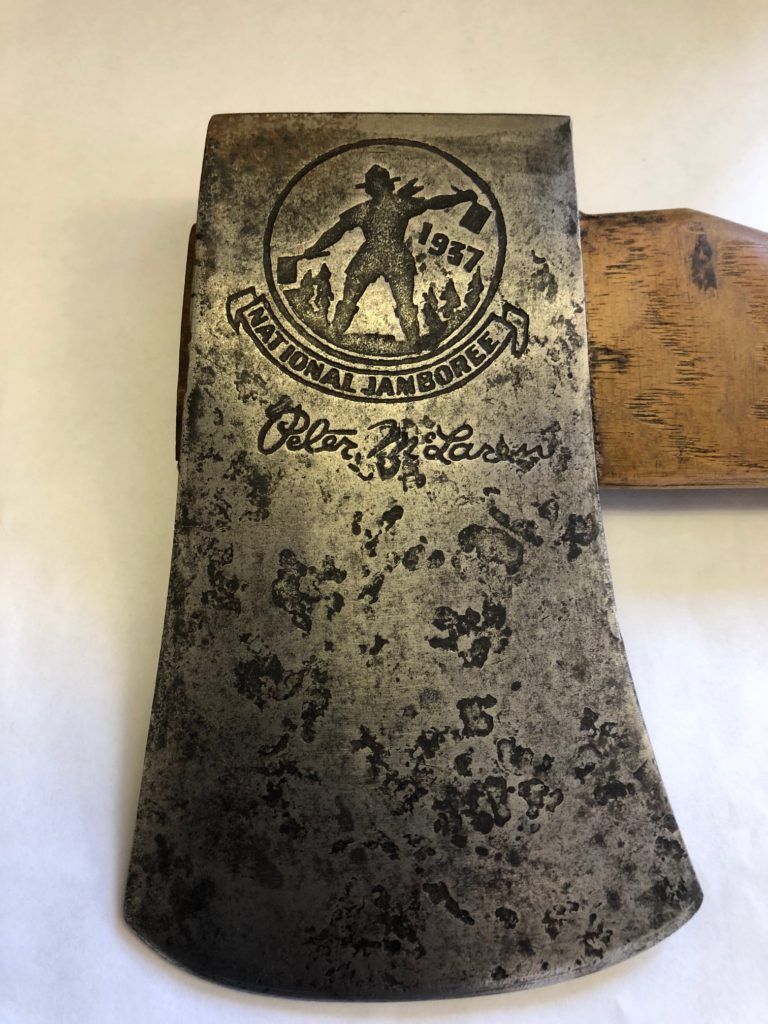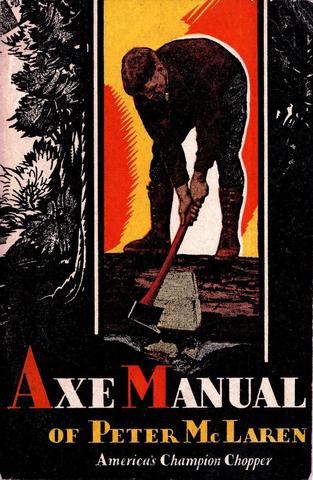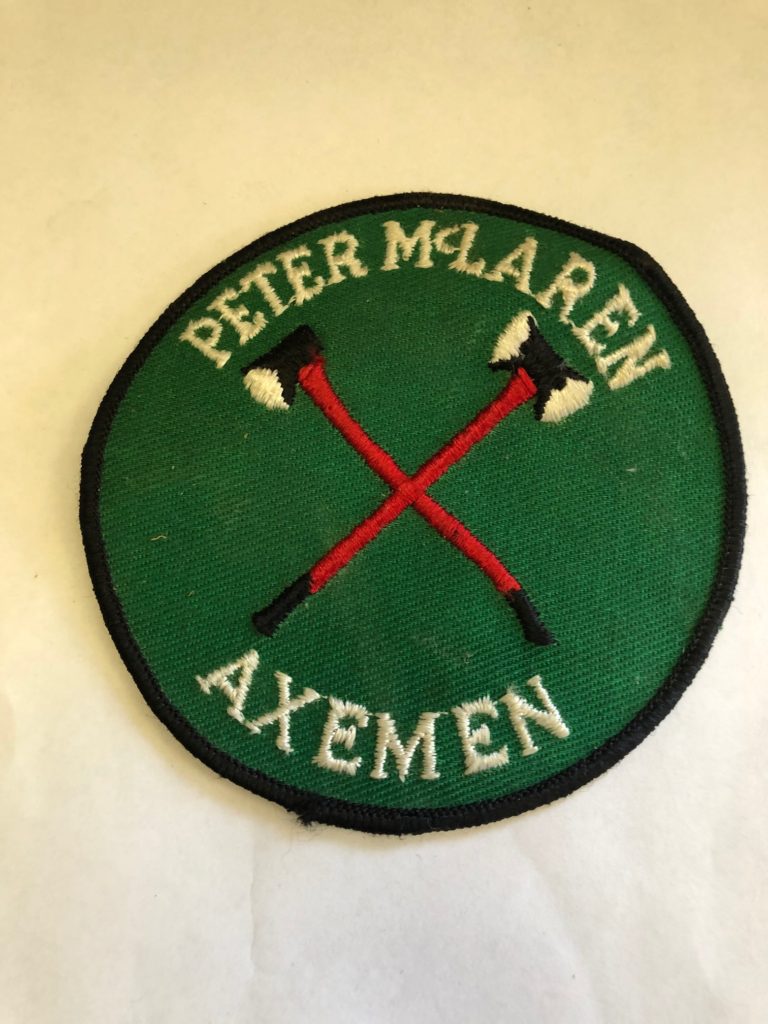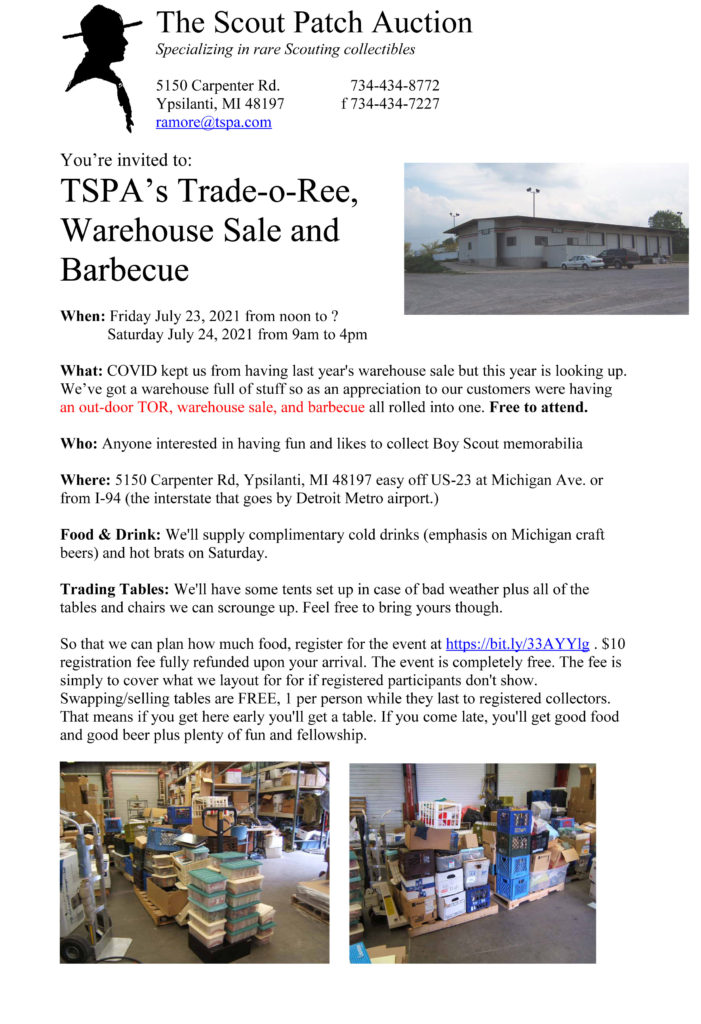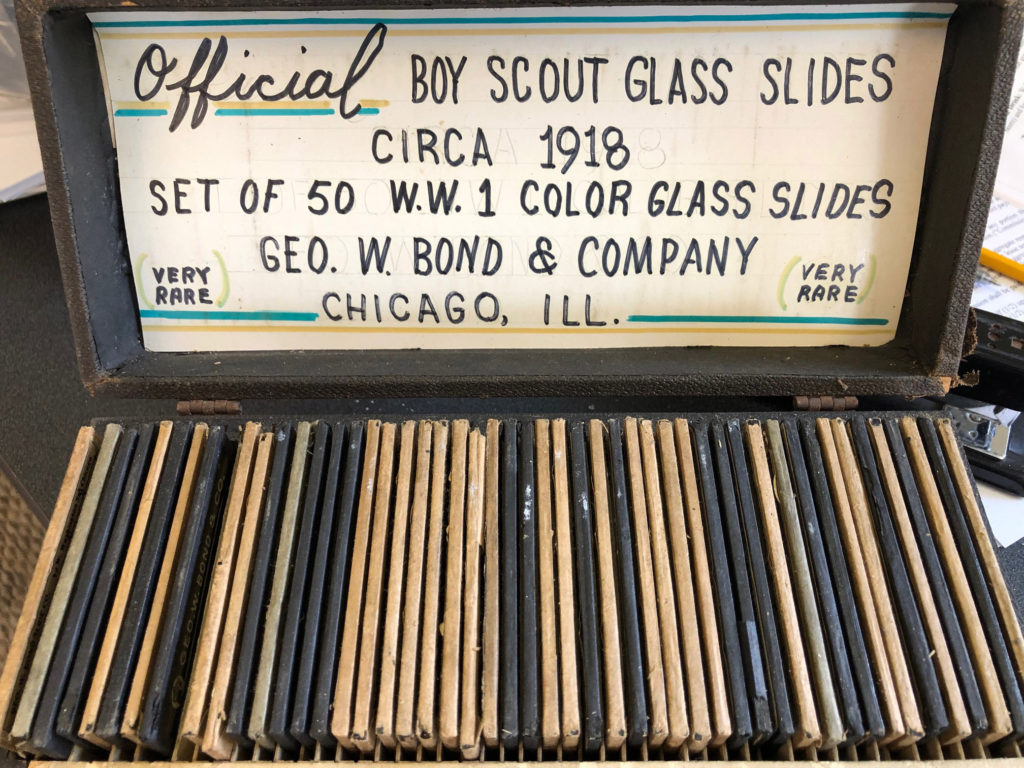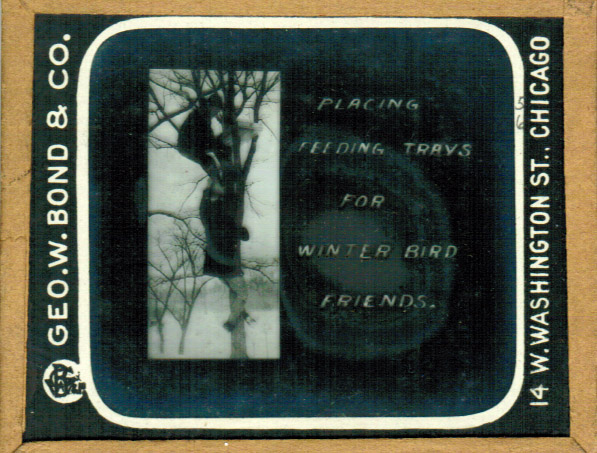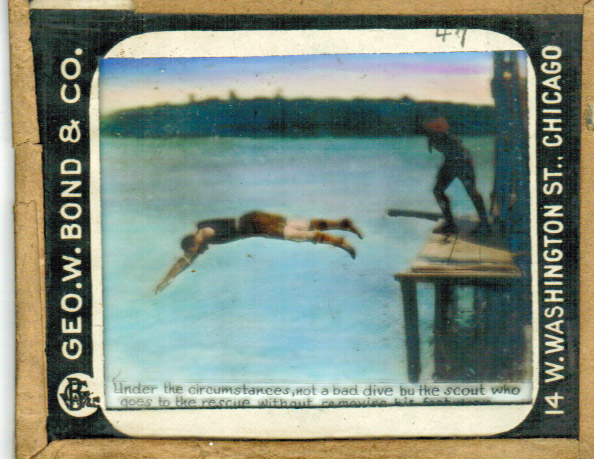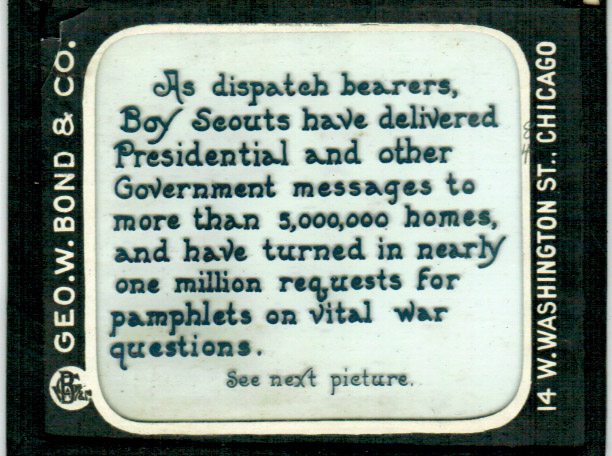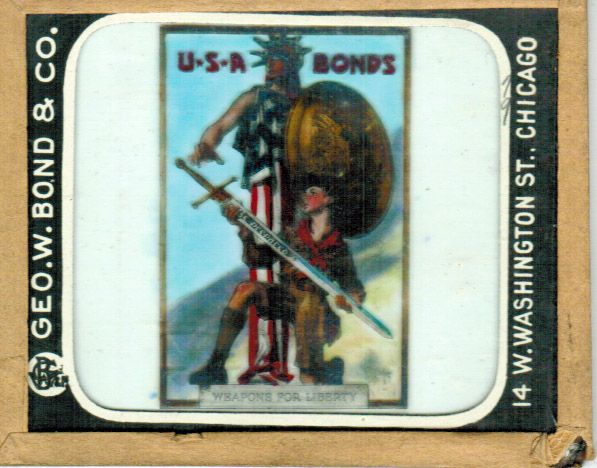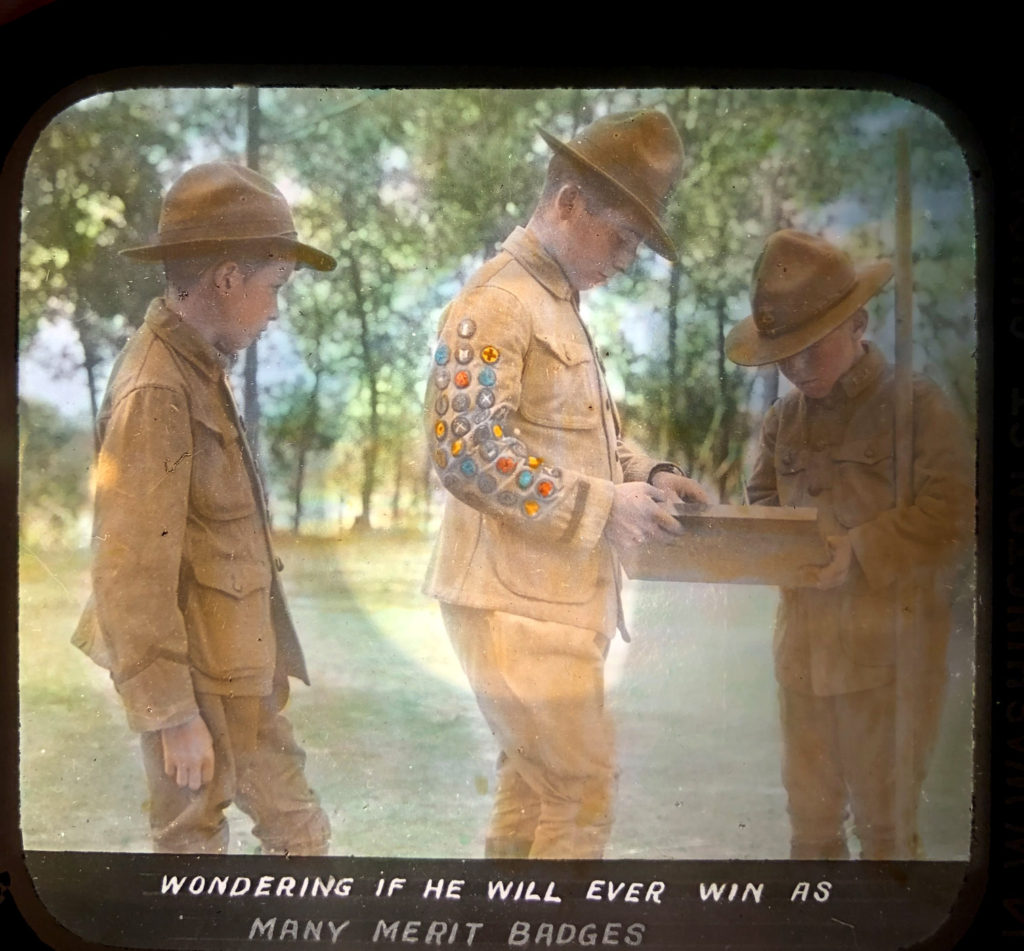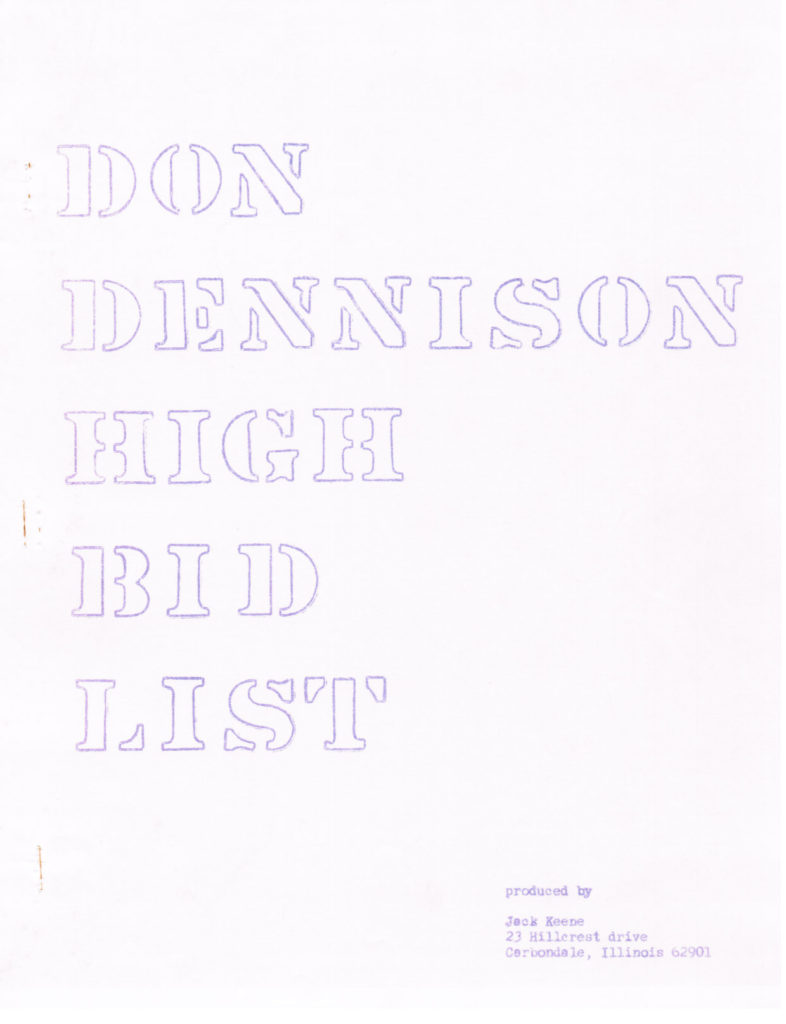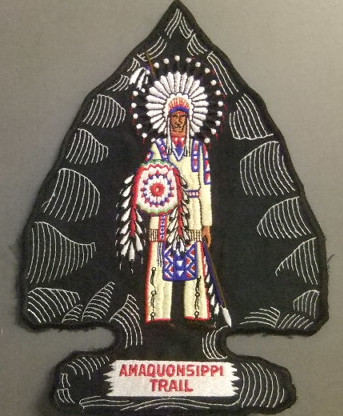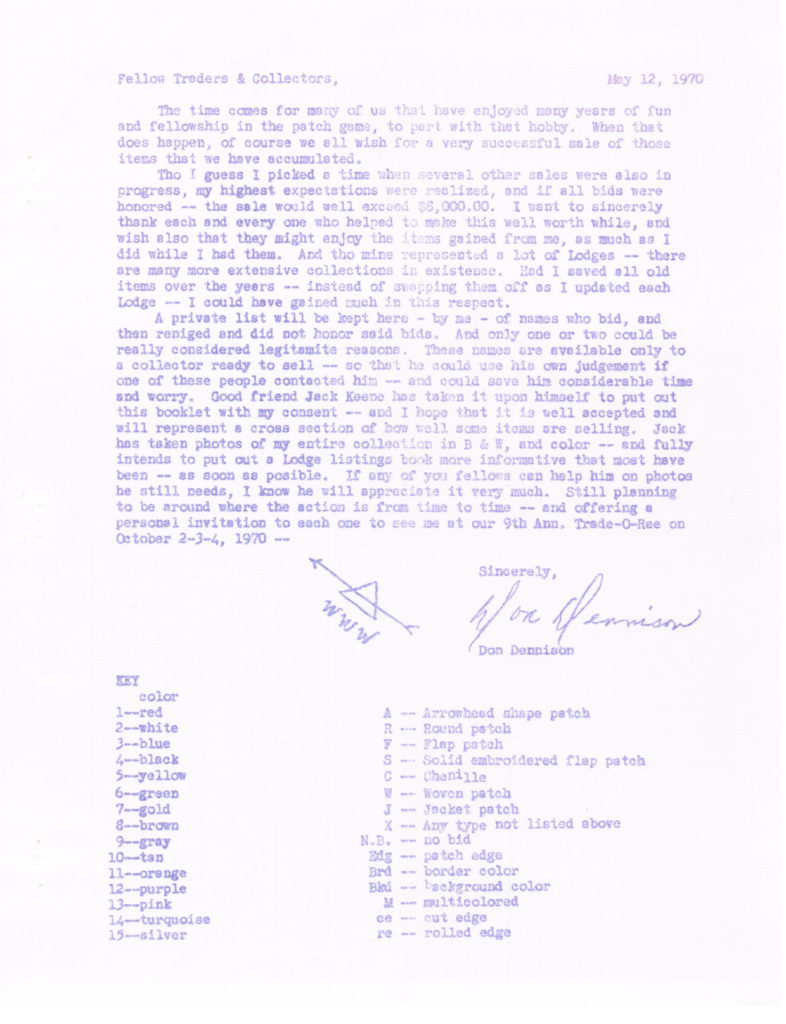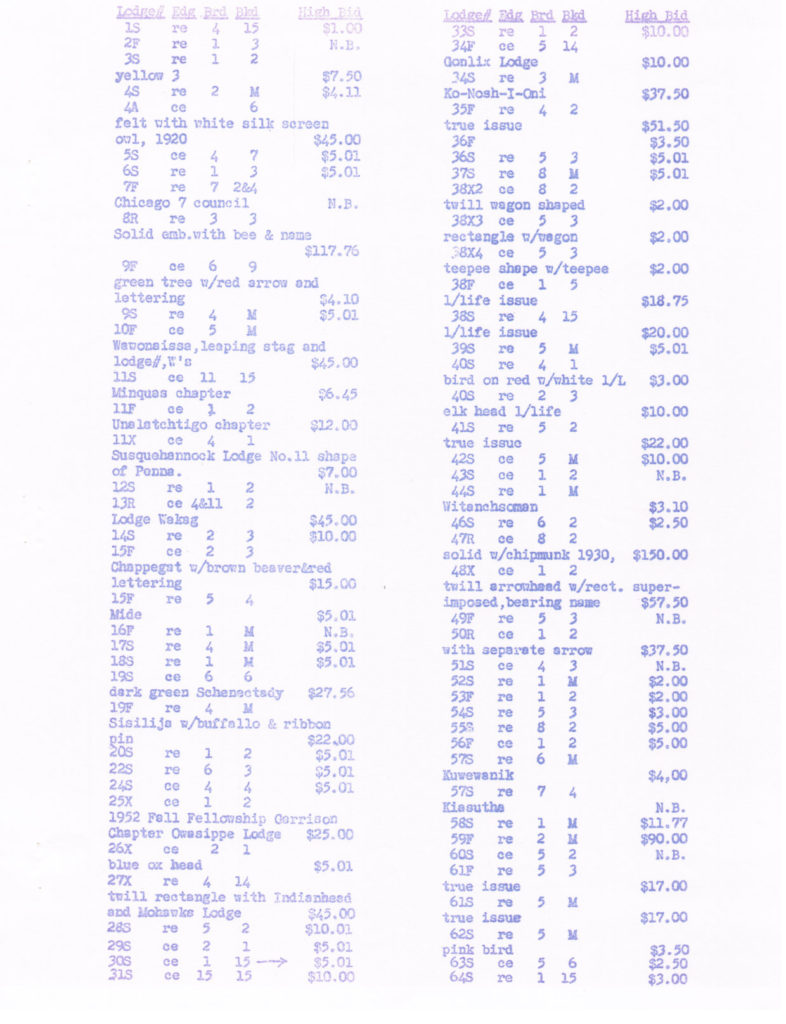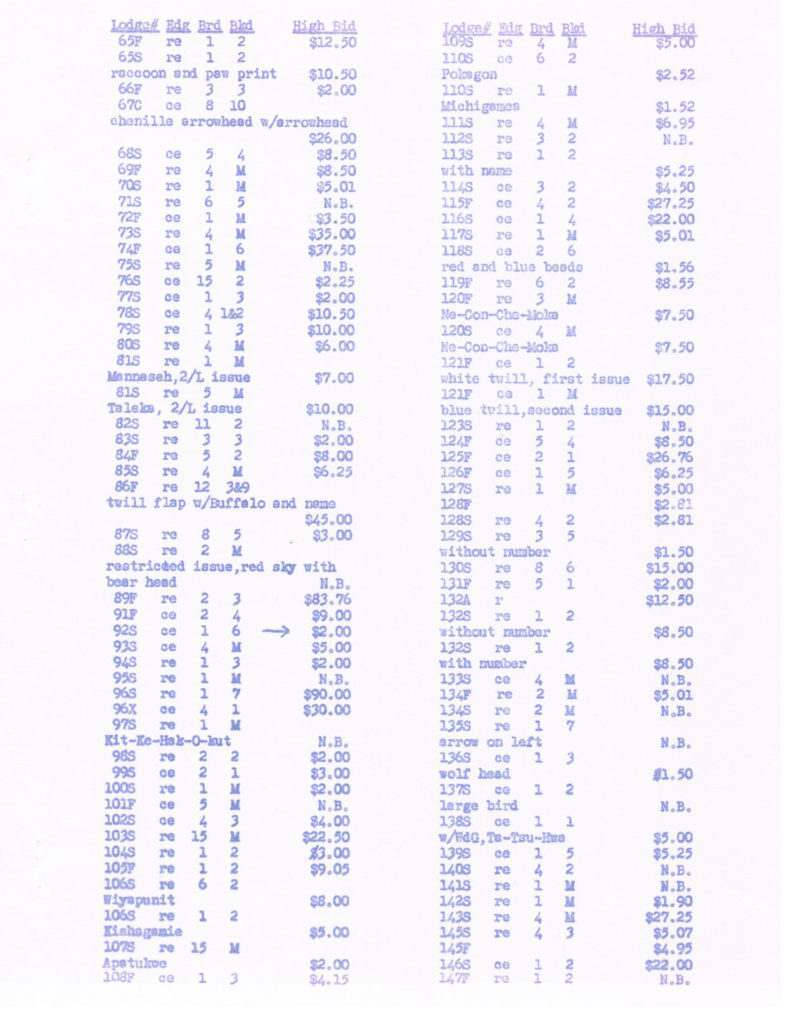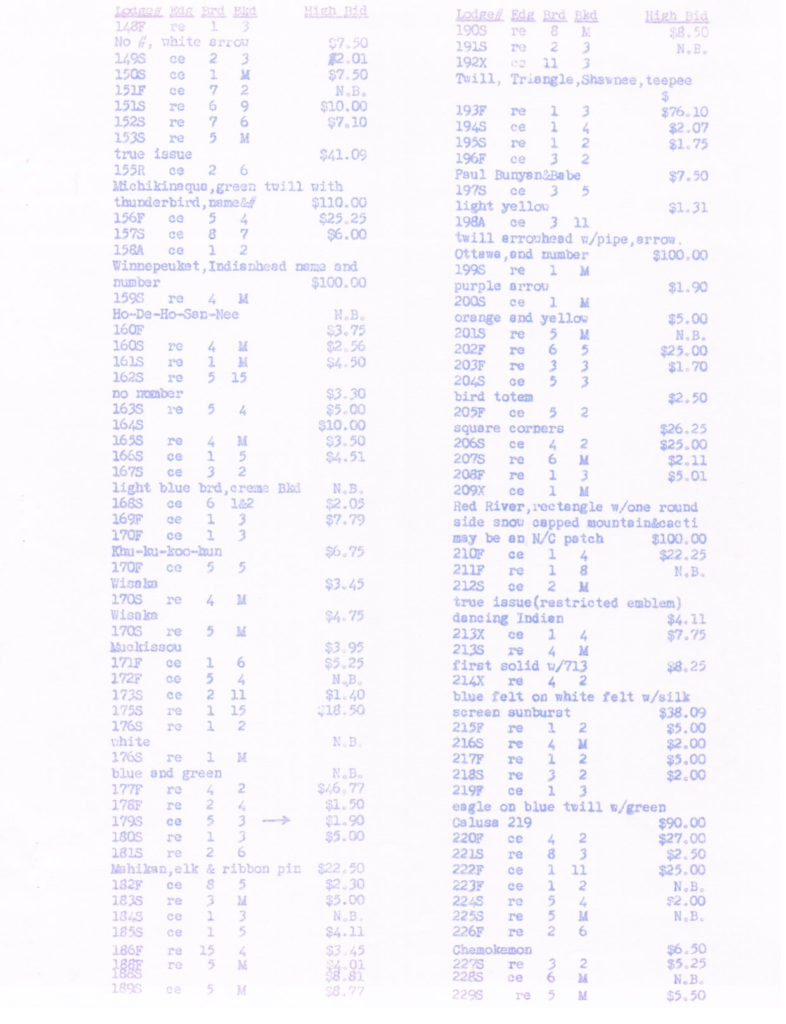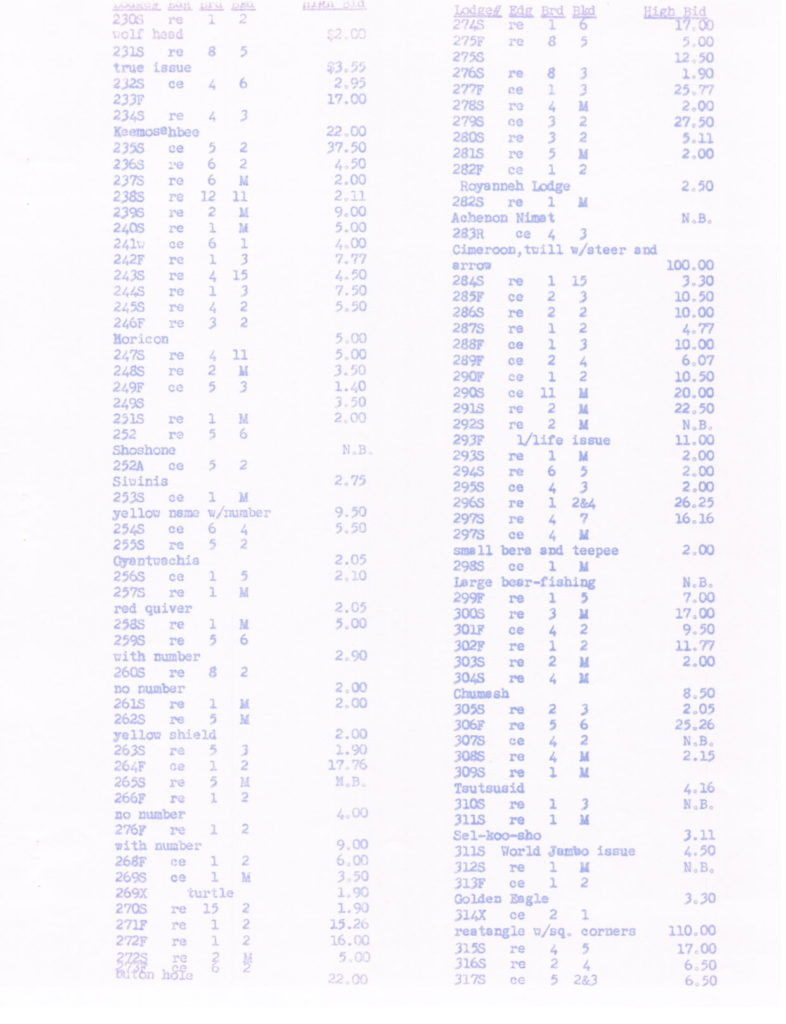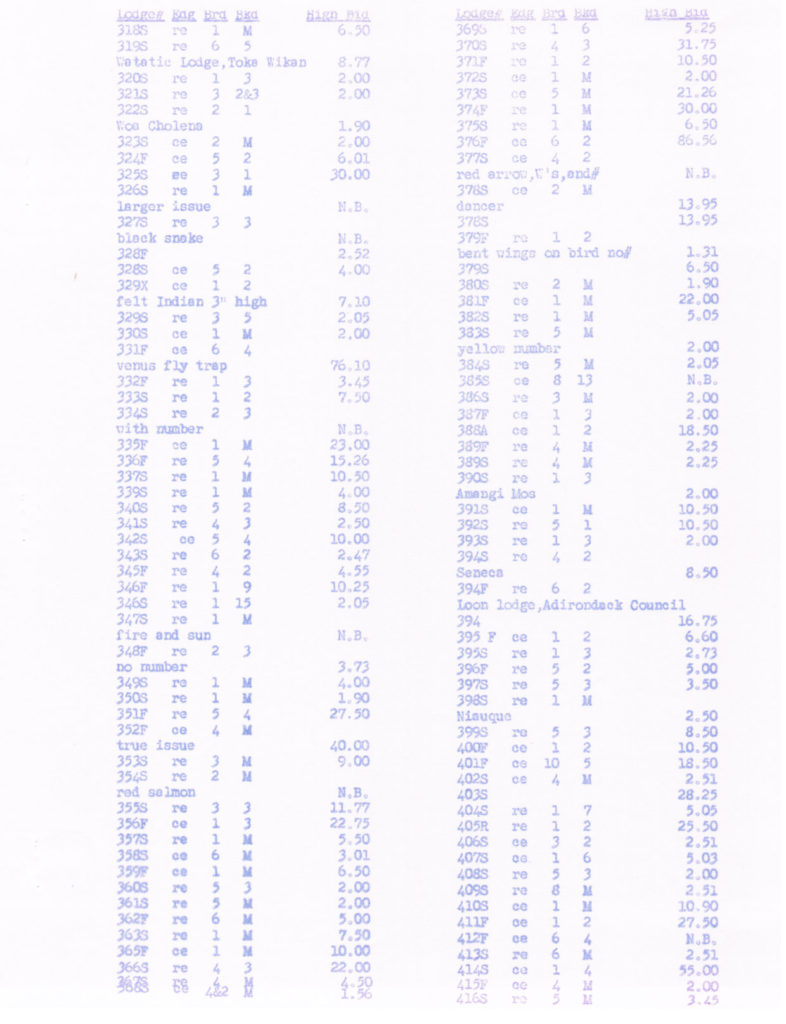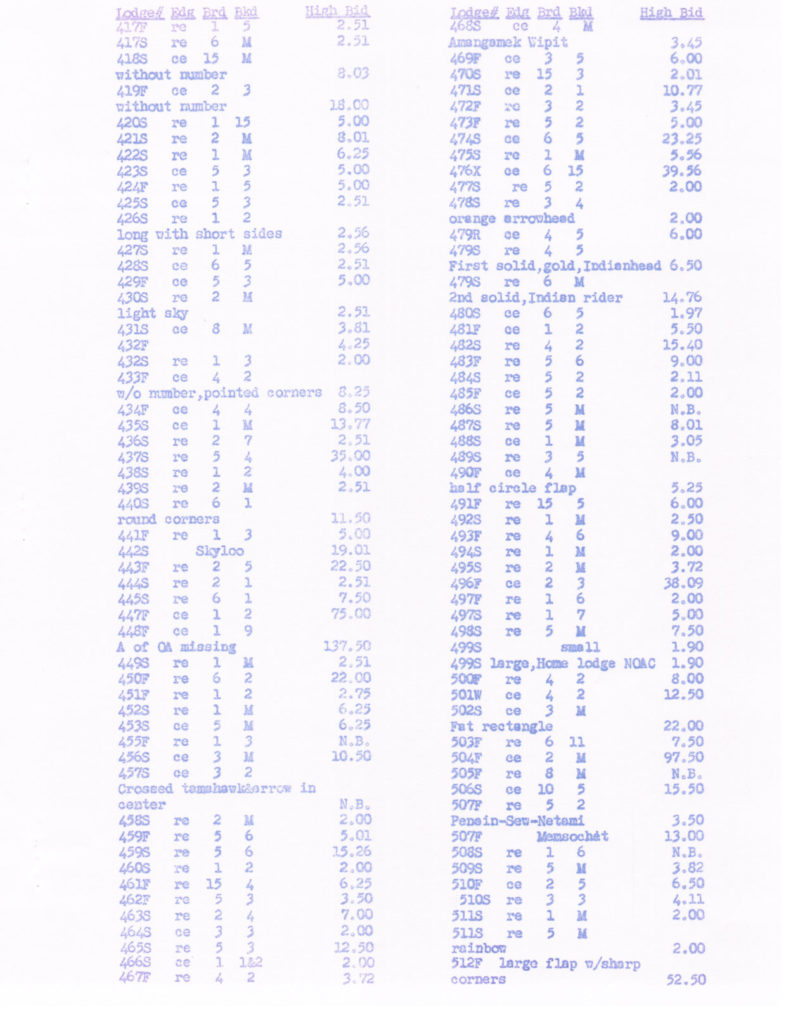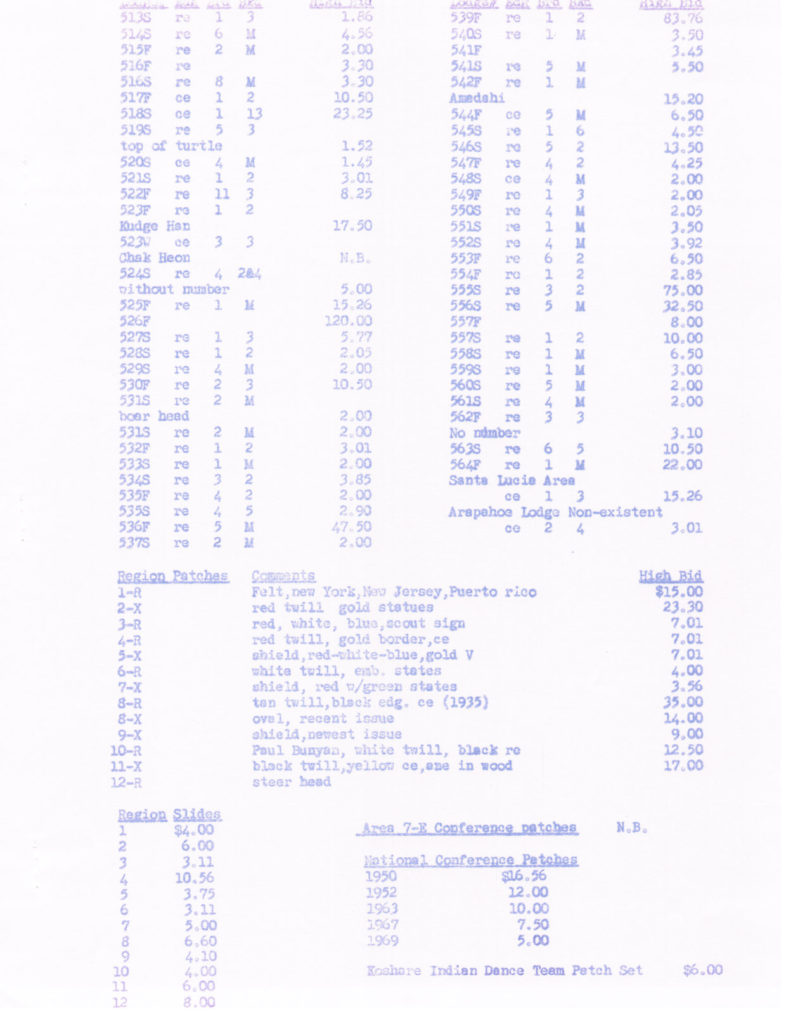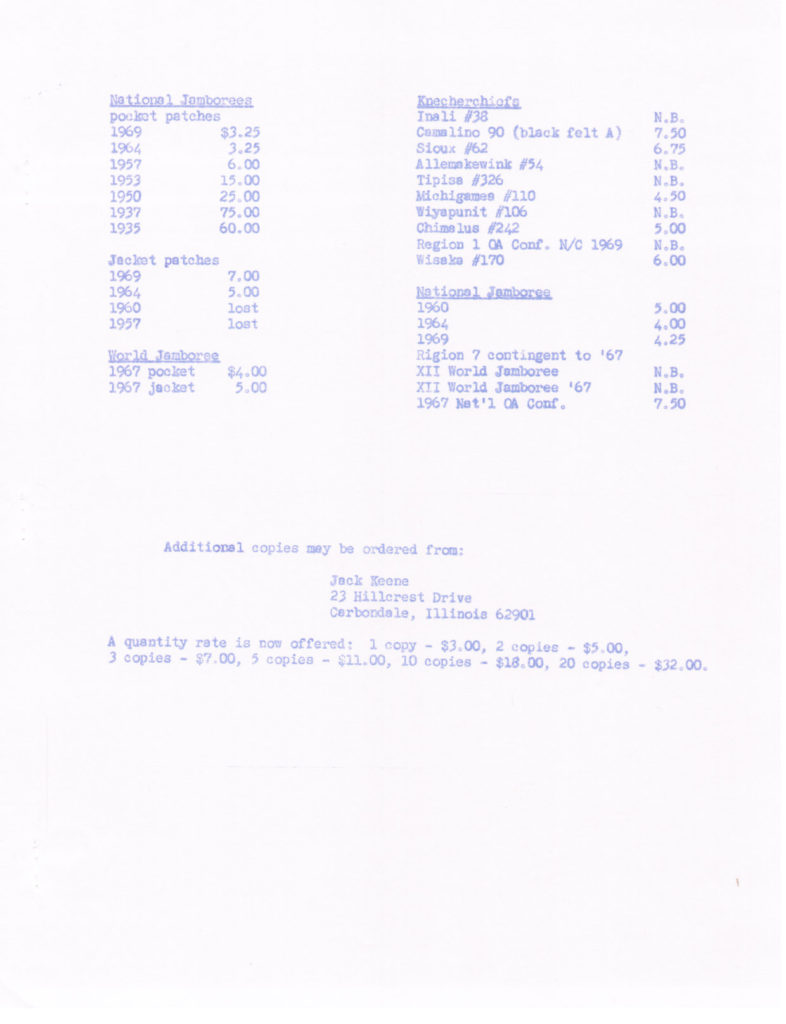Words from a girl Eagle Scout
We are heading into Thanksgiving. This came across from the Scouts from a girl Eagle Scout who was the first-place winner in the Central Florida Council scholarship contest. Worth reading and sharing.
She said,
“Leaders have to make decisions, be problem solvers, face adversity, and follow their moral obligations – all principles of Scouting. … Teaching young girls and boys the values of responsibility, loyalty, leadership, and camaraderie at this age equips them for life in the reality we live in. In the ever-changing society that we are a part of, these characteristics are fundamental for children to possess and carry with them into adulthood.
“The Scout stands for pride, integrity, opportunity, strength, freedom, and the true meaning of being an American, as they embody the flag on the uniform. Scouting instills these values into young Americans who will grow up with respect for their country, only building upon it as they age. … Scouts are our future, and they are equipped with a skill set that gives me confidence and faith in the future of our country.”
Here’s a link to the full essay. Eagle Scout essay contest winner.
Destry was recently at a trade-o-ree here in Michigan held at Camp Gerber. There was a camporee also going on at the camp. He shared that a number of boy and girl Eagle Scouts came through. Destry’s a class of ’85 Eagle Scout. He got to chatting with them. This was the first time he had had chance to talk much with girl Eagle Scouts. He shared that all the Eagle Scouts were impressive but was particularly struck with how impressive the girls were. He noted that many were quite appreciative of the opportunity to be in Scouts/BSA and really enjoyed their trail to Eagle.





